Following the recent posts in the Workbench thread:
Covering the 5205, some strange battery & GPS performance and issues that followed I thought I would update here on how the POC packaging has gone and some basic results:
I tried both the SMA & iPX versions and used in simple scale-able 3D printed housings like these:
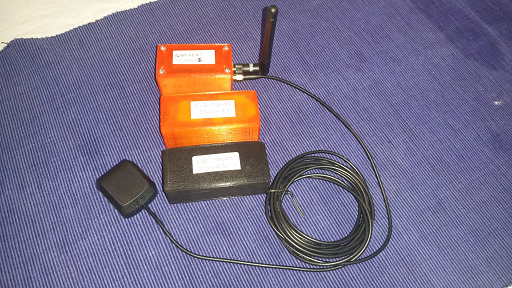
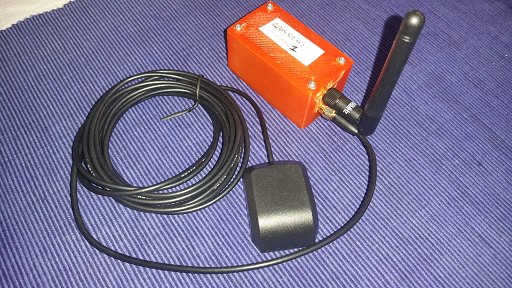
Assembly was simple…LoRa patch antenna and the GPS Lozenge were mounted in the lid
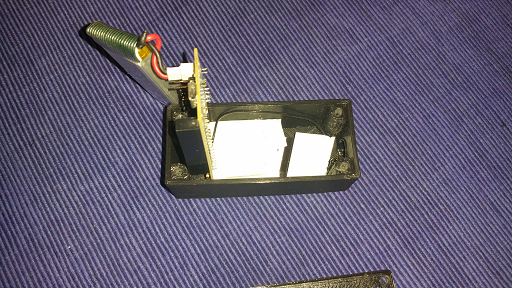
The 5205 board was then the meat in the sandwich:
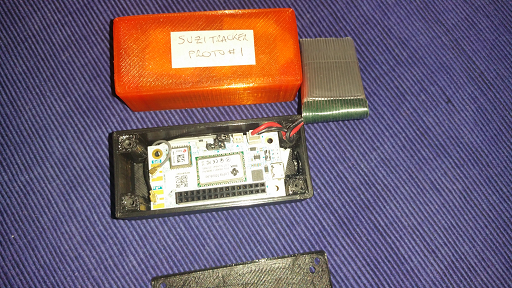
With the Battery as final layer before the the base plate fixed in place with 4xm2.5 screws/bolts.
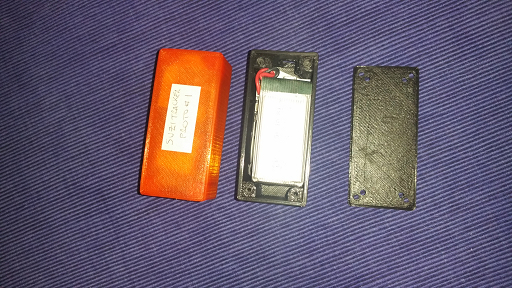
For powering/charging the units before the planned Qi wireless charging solutions arrive either a short usb cable was attached to the onboard socket or a small access hole was cut/melted into the end to allow external usb supply.
As I had a spare earlier V1 811 Tracker/breakboard and had printed a few spare/alternate sized cases I also packaged up one of these
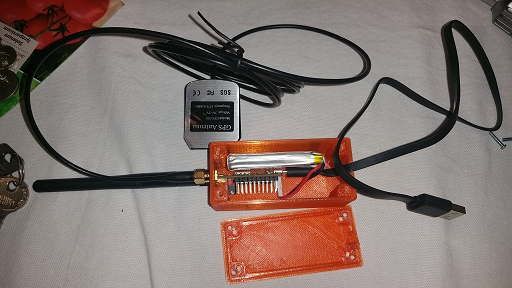
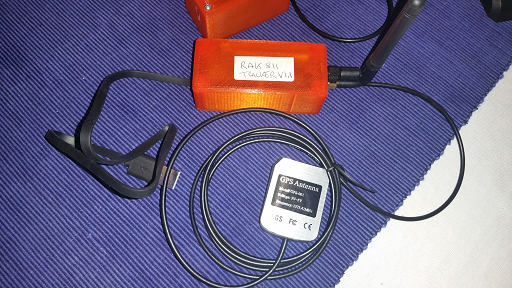
As I wasn’t too sure of what to expect from the small LoRa patch antenna I’ve taken a few drive arounds with the trackers set for 15/30 min position updates. As I was looking for >0.5km range with patch and >2km with the stick ant I was pleased to see examples like these with just the patch:
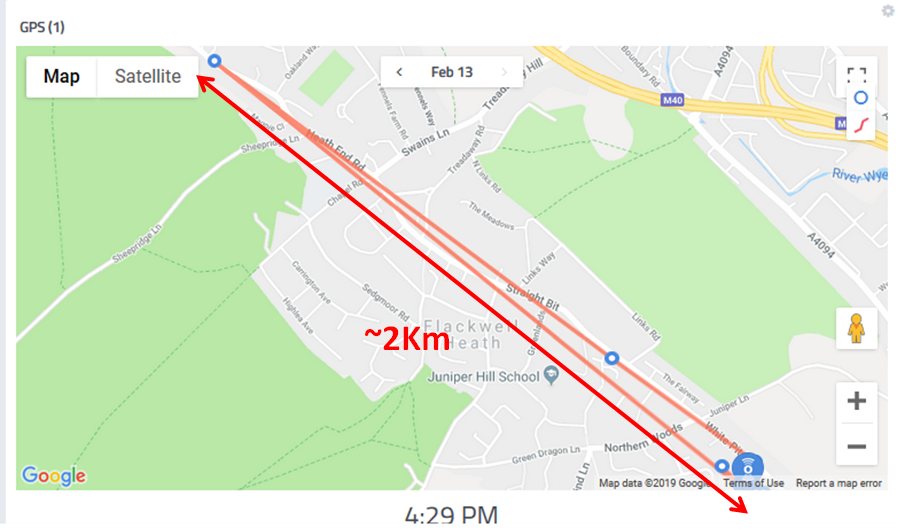
and driving around the Bourne End & Cookham community within range of several GW’s (Flackwell Heath, Cookham & Burnham) I managed to grab this:
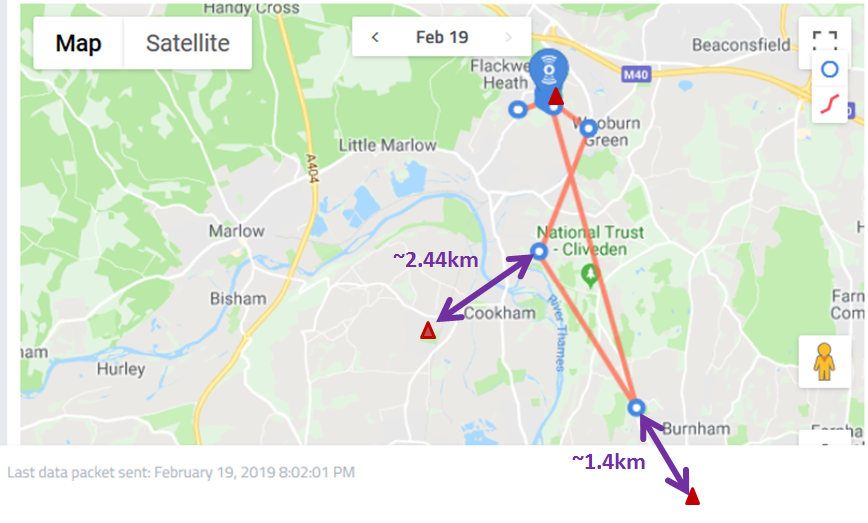
Exceeding expectations without any specific optimisation or refinements.
Well done @rakwireless @fomi @kenyu and the team ![]()
Next steps are to improve overall performance and move to final housings vs these temp 3D simple boxes, develop the software to improve resiliance - at the moment I see a strange behavior where if I let the battery run down too far to point where device drops out and then simply recharge, the unit doesnt restart or rejoin each time and I have to open case and hit reset ![]() I may have to provide a simple external mechanical option for pushing if I cant fix restart.
I may have to provide a simple external mechanical option for pushing if I cant fix restart.
These initial units will be used for POC customer demo (the integrated version - iPX - used for asset and animal tracking/location, and the SMA versions with more effective/flexible GPS and stick ant for plant/vehicle tracking/locating) and as the basis of some planned LoRa/LoRaWAN training for a few local clients ![]()
Also now waiting to see if I can get some examples of the RAK housings flagged by @BoRRoZ above to compare.